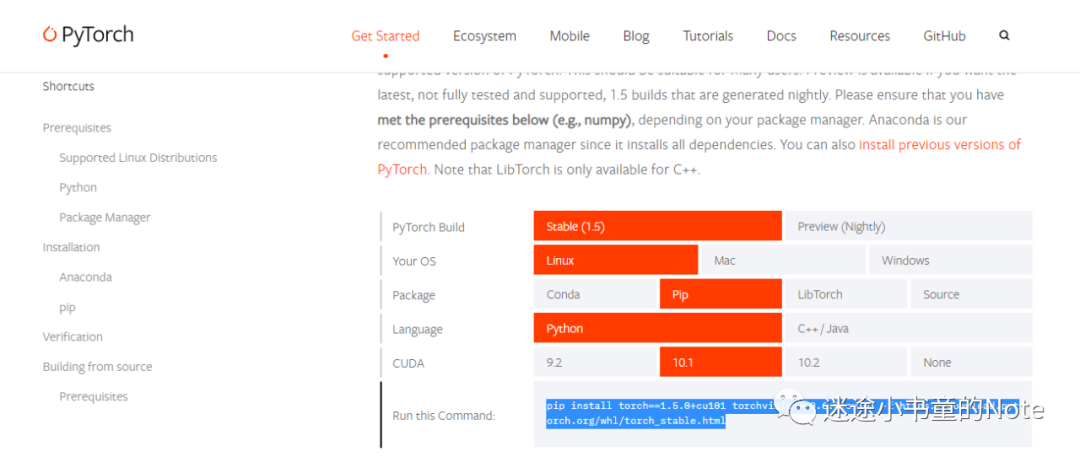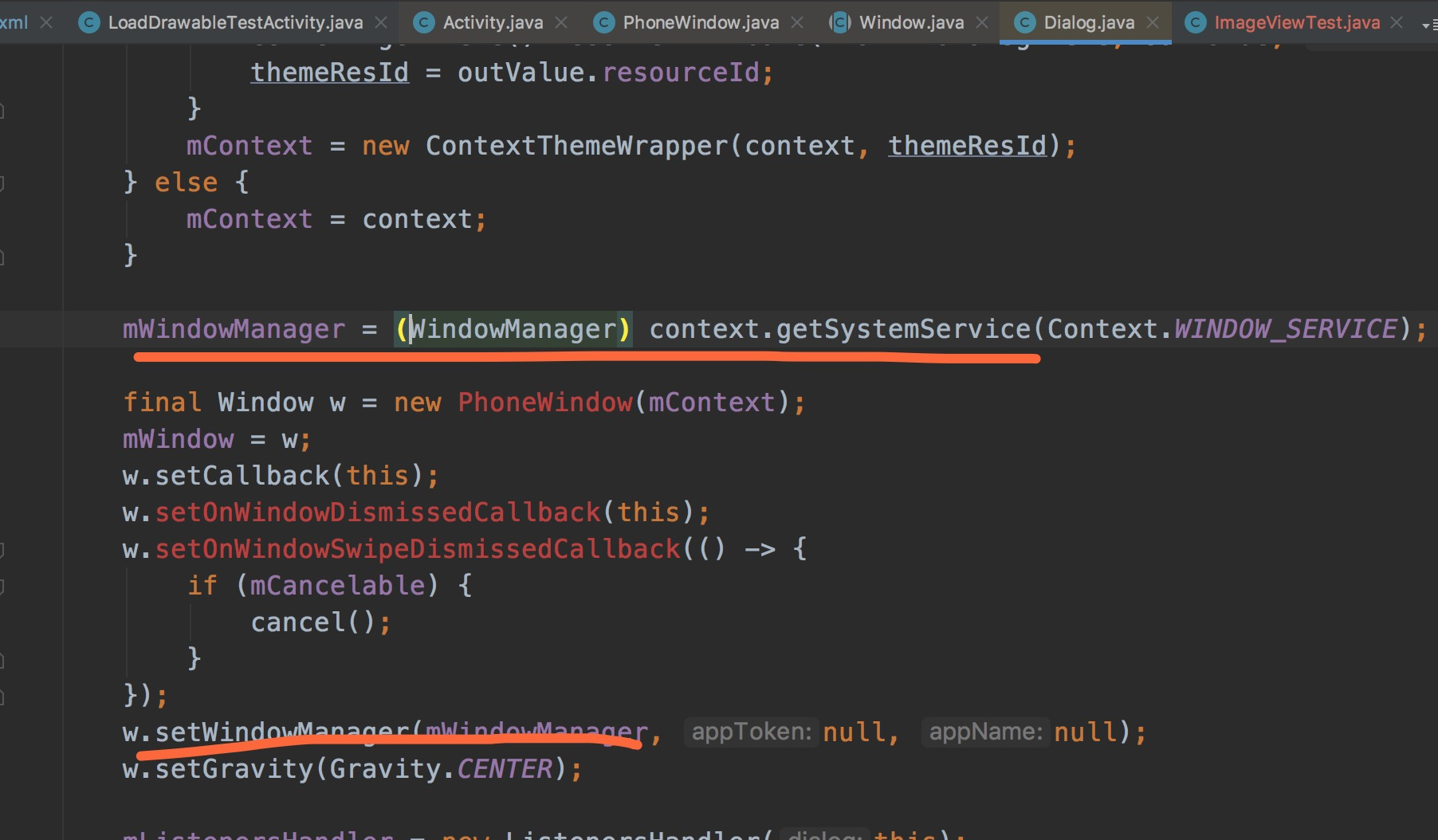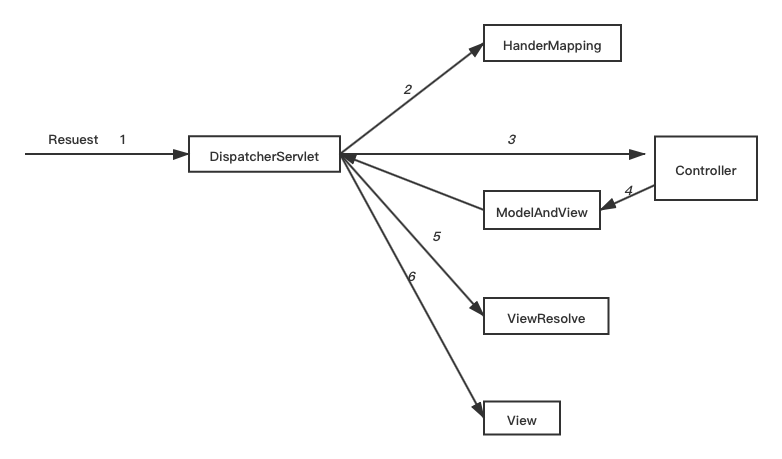我想自定义Windows窗体设计器的代码生成InitializeComponent 。 MSDN文章“.NET Framework中的可视化设计定制代码生成”包含了部分“控制代码生成” ,解释了如何可以做到这一点的基础知识。
我一直密切关注上述文章中的例子:
//using System.ComponentModel.Design.Serialization;
class SomeFormSerializer : CodeDomSerializer
{
public override object Serialize(IDesignerSerializationManager manager,
object value)
{
// first, let the default serializer do its work:
var baseSerializer = (CodeDomSerializer)manager.GetSerializer(
typeof(Form).BaseType, typeof(CodeDomSerializer));
object codeObject = baseSerializer.Serialize(manager, value);
// then, modify the generated CodeDOM -- add a comment as the 1st line:
if (codeObject is CodeStatementCollection)
{
var statements = (CodeStatementCollection)codeObject;
statements.Insert(0, new CodeCommentStatement("CODEDOM WAS HERE"));
}
// finally, return the modified CodeDOM:
return codeObject;
}
}
现在,我这个勾到我的形式SomeForm :
[DesignerSerializer(typeof(SomeFormSerializer), typeof(CodeDomSerializer))]
class SomeForm : Form { … }
然后,窗体设计器可能会生成以下InitializeComponent代码:
private void InitializeComponent()
{
… /* (general setup code, such as a call to `this.SuspendLayout`) */
//
// someButton
//
… /* (someButton's properties are set) */
// CODEDOM WAS HERE!
//
// SomeForm
//
… /* (form's properties are set) */
… /* (general setup code, such as a call to `this.ResumeLayout`) */
}
需要注意的是评论// CODEDOM WAS HERE没有被添加为第一行InitializeComponent ,但只作为代码块,与窗体对象本身的属性交易的第一线。
我会怎么做,如果我想成为能够改变整个方法的产生CodeDOM的,而不仅仅是与特定对象交易的一部分?
背景:为什么我要这么做? 在Windows窗体,如果在数据绑定要灵活转换价值,人们通常不得不诉诸订阅的Format和Parse一些特定的事件Binding对象。 所以我创建一个专门的Binding子类(姑且称之为ConvertingBinding ,简化了这一过程略)。
现在,问题是,当数据绑定在Windows窗体设计器都设置,生成的代码创建的实例Binding ; 不过,我想设计实例我的专业,而不是子类。 我目前的做法是,让设计人员首先创建一个CodeDOM的树,然后走那棵树和替换的所有实例Binding通过实例ConvertingBinding 。
您需要创建两个Form类。 一是Form与DesignerSerializerAttribute 。 第二个Form是从子孙第一。 之后,你可以自定义InitializeComponent()的第二个Form和它的控件或组件。 为此,您应该使用manager.Context让所有StatementContext和CodeStatementCollection包含的序列化对象代码Form的控制。
下面是一些简单的步骤。
包括库:
using System.CodeDom;
using System.ComponentModel.Design.Serialization;
using System.Collections;
创建新表单并添加DesignerSerializerAttribute :
[DesignerSerializer(typeof(CustomFormSerializer), typeof(CodeDomSerializer))]
class CustomForm : Form { … }
创建CustomForm后裔,并添加一些控件或组件它:
class CustomForm1 : CustomForm { … }
添加方法CustomFormSerializer用于处理CodeStatementCollection ,例如:
private void DoSomethingWith(CodeStatementCollection statements)
{
statements.Insert(0, new CodeCommentStatement("CODEDOM WAS HERE"));
}
在Serialize通过方法中使用循环manager.Context :
public override object Serialize(IDesignerSerializationManager manager,
object value)
{
//Cycle through manager.Context
for (int iIndex = 0; manager.Context[iIndex] != null; iIndex++)
{
object context = manager.Context[iIndex];
if (context is StatementContext)
// Get CodeStatementCollection objects from StatementContext
{
ObjectStatementCollection objectStatementCollection =
((StatementContext)context).StatementCollection;
// Get each entry in collection.
foreach (DictionaryEntry dictionaryEntry in objectStatementCollection)
// dictionaryEntry.Key is control or component contained in CustomForm descendant class
// dictionartEntry.Value is CodeDOM for this control or component
if (dictionaryEntry.Value is CodeStatementCollection)
DoSomethingWith((CodeStatementCollection)dictionaryEntry.Value);
}
//Do something with each collection in manager.Context:
if (context is CodeStatementCollection)
DoSomethingWith((CodeStatementCollection)context);
}
// Let the default serializer do its work:
CodeDomSerializer baseClassSerializer = (CodeDomSerializer)manager.
GetSerializer(value.GetType().BaseType, typeof(CodeDomSerializer));
object codeObject = baseClassSerializer.Serialize(manager, value);
// Then, modify the generated CodeDOM:
if (codeObject is CodeStatementCollection)
DoSomethingWith((CodeStatementCollection)codeObject);
// Finally, return the modified CodeDOM:
return codeObject;
}
文章来源: How can I customize the code generation of InitializeComponent? More specifically, how can I post-process all of the generated code?





